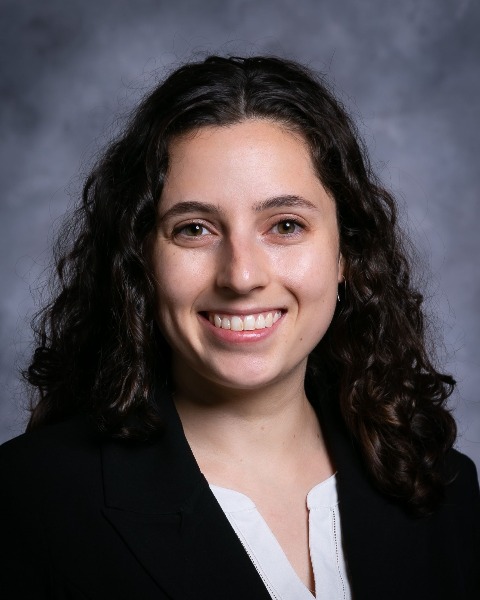Emergency Medicine
Session: Emergency Medicine 3 Works in Progress
WIP 139 - Setting Up for Success: Caregiver Perspectives on Emergency Care Plans for Children with Medical Complexity
Friday, May 3, 2024
5:15 PM - 7:15 PM ET
Poster Number: WIP 139
Publication Number: WIP 139.793
Publication Number: WIP 139.793

Abbey Dallas, MD MPH (she/her/hers)
Pediatric Resident
NewYork-Presbyterian Morgan Stanley Children's Hospital
New York, New York, United States
WIP Presenting Author(s)
Background: Children with medical complexity (CMC) are characterized by high healthcare utilization, functional limitations, and ≥1 chronic conditions. CMC account for a disproportionate number of emergency department visits in comparison to the general pediatric population. Beyond utilization, both caregivers and physicians have cited communication barriers, time, and information gathering as major barriers in providing high-quality emergency care. To mitigate these challenges, multiple academic societies have supported the utilization of emergency information forms (EIFs), but the forms have not been widely implemented. Preceding implementation in the local context, a critical gap exists in regard to our understanding of a key stakeholder group, caregivers of CMC, and their perspectives on format, content, and implementation of emergency care plans for CMC.
Objective: It is our objective to assess local caregiver perspectives on emergency care plans for CMC, including format, content, and implementation.
Design/Methods: We are conducting a descriptive cross-sectional survey of caregivers of CMC who interact with a single, large, urban, academic medical system. This study was approved by the IRB in June 2023. We developed the survey through examination and adaptation of previous qualitative work and through a panel of experts in complex care, emergency medicine, and primary care. The survey uses Likert scales and open-ended questions to assess caregiver experience and preference. We piloted the survey with our family advisory council to gather content validity evidence. We distributed the electronic surveys to a convenience sample across 3 sites: complex care program, pediatric emergency department, and primary care clinics. 39 of a target 100 surveys are completed to date. We will use standard descriptive statistics to summarize categorical, ordinal, and continuous data. Open-ended qualitative results will be analyzed to identify common themes. We expect to reach target enrollment by January 2024 and will complete analysis prior to April 2024.
